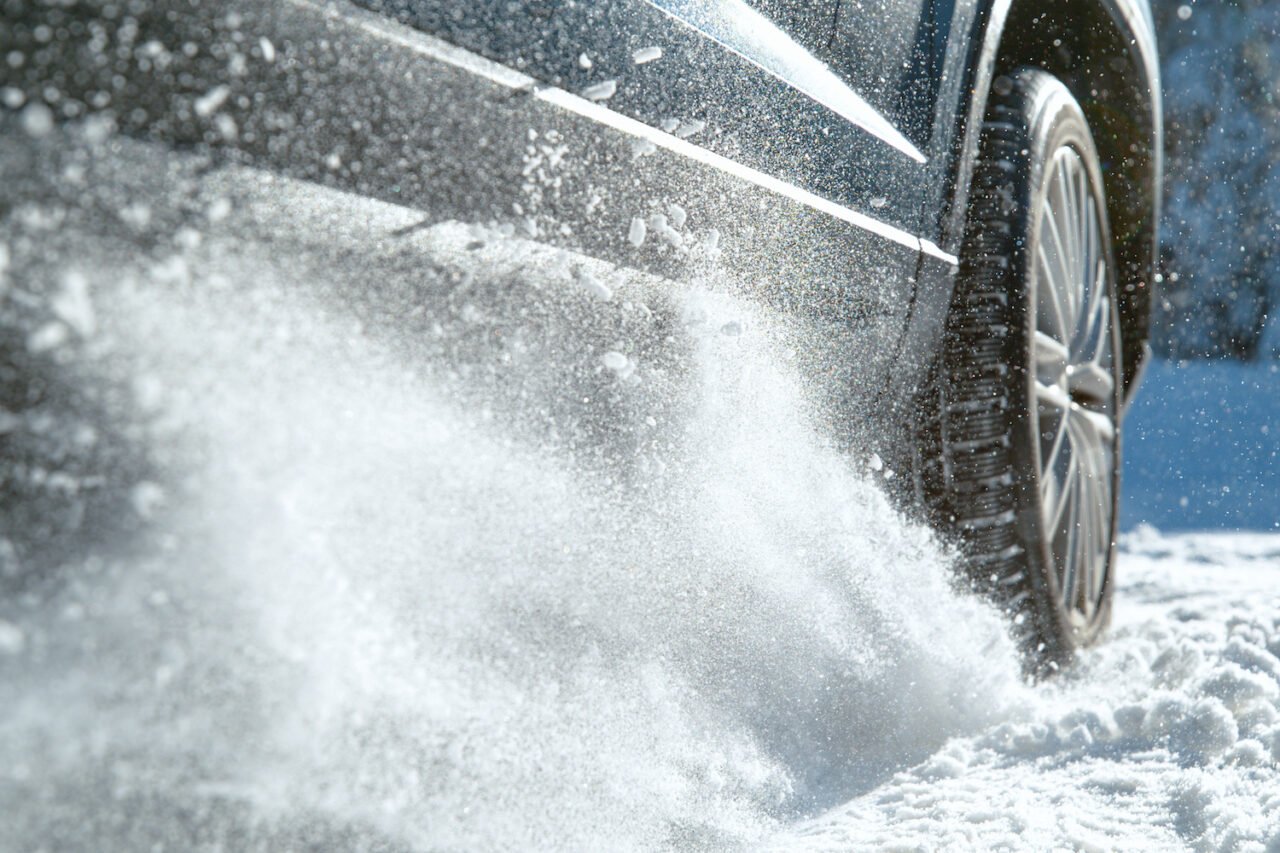Top Stories
Waymo Expands Self-Driving Service to Snowy Cities by 2026

URGENT UPDATE: Waymo has just announced an ambitious expansion of its self-driving vehicle service to include the icy streets of Detroit and Denver, alongside San Diego and Las Vegas, with plans to launch by 2026. This marks a significant shift as Waymo prepares to tackle challenging winter conditions, promising autonomous rides in some of America’s harshest weather.
The company, a subsidiary of Google, aims to introduce its all-electric vehicles, including the Jaguar I-Pace and Zeekr RT, in these new cities. Initially, the vehicles will operate in manual mode with human drivers at the wheel, but Waymo is gearing up for full autonomy as it tests its advanced technology in these diverse environments.
Currently, Waymo operates fully driverless services in San Francisco, Los Angeles, and Phoenix, while also providing rides with safety drivers in New York City and Denver. The company has partnered with Uber in Atlanta and Austin to expand its reach further. As more autonomous taxi services are planned for Washington, D.C., and additional areas in the San Francisco Bay Area, the stakes for success in snowy regions are high.
Waymo’s venture into cities known for severe winters raises questions about the reliability of autonomous vehicles in adverse weather. Recent discussions on social media highlight concerns, with one user warning, “…don’t rely on a robot to drive you in the snow.” In response, Waymo has emphasized that its next-generation technology is equipped to handle snow, slush, and ice, adjusting its driving behavior accordingly.
According to Waymo’s recent blog post, “Each vehicle essentially acts as a mobile weather station, gathering data to inform its own driving decisions and share with the rest of the fleet in the city.” This innovative approach aims to ensure safety and performance even in challenging conditions.
The need for robust systems that can navigate winter weather is critical. Advanced imaging technology company Ubicept has been exploring solutions that enhance visibility during adverse scenarios. Ubicept co-founder Tristan Swedish stated, “When you move to a more adverse weather scenario, there are ways to overcome those challenges using advanced perception systems.” However, the integration of additional sensors can complicate the reliability and cost of these systems.
Despite the promising advancements, public sentiment remains cautious. Following the unfortunate incident in San Francisco when a Waymo vehicle struck and killed a neighborhood cat, local officials are considering regulations to give counties more control over robotaxi operations. In California, Waymo is regulated by the California Public Utilities Commission (CPUC) and the California DMV, which will shape the future of its services.
As winter approaches, the race is on for Waymo to prove its technology can withstand the rigors of snow and ice. The success of these autonomous taxis in tough conditions could redefine the future of self-driving vehicles across the country. Stay tuned for updates on this developing story as Waymo prepares for a pivotal chapter in its mission to transform urban transportation.
-

 Science2 weeks ago
Science2 weeks agoUniversity of Hawaiʻi Joins $25.6M AI Project to Monitor Disasters
-

 Business3 weeks ago
Business3 weeks agoForeign Inflows into Japan Stocks Surge to ¥1.34 Trillion
-

 Top Stories3 weeks ago
Top Stories3 weeks agoMarc Buoniconti’s Legacy: 40 Years Later, Lives Transformed
-

 Top Stories3 weeks ago
Top Stories3 weeks agoBOYNEXTDOOR’s Jaehyun Faces Backlash Amid BTS-TWICE Controversy
-

 Health3 weeks ago
Health3 weeks agoInnovative Surgery Restores Confidence for Breast Cancer Patients
-

 Sports1 month ago
Sports1 month agoSteve Kerr Supports Jonathan Kuminga After Ejection in Preseason Game
-

 Science1 month ago
Science1 month agoChicago’s Viral ‘Rat Hole’ Likely Created by Squirrel, Study Reveals
-

 Lifestyle1 month ago
Lifestyle1 month agoKelsea Ballerini Launches ‘Burn the Baggage’ Candle with Ranger Station
-

 Entertainment1 month ago
Entertainment1 month agoZoe Saldana Advocates for James Cameron’s Avatar Documentary
-

 Top Stories3 weeks ago
Top Stories3 weeks agoCarson Wentz Out for Season After Shoulder Surgery: Urgent Update
-

 Politics1 month ago
Politics1 month agoDallin H. Oaks Assumes Leadership of Latter-day Saints Church
-

 Lifestyle1 month ago
Lifestyle1 month agoDua Lipa Celebrates Passing GCSE Spanish During World Tour









